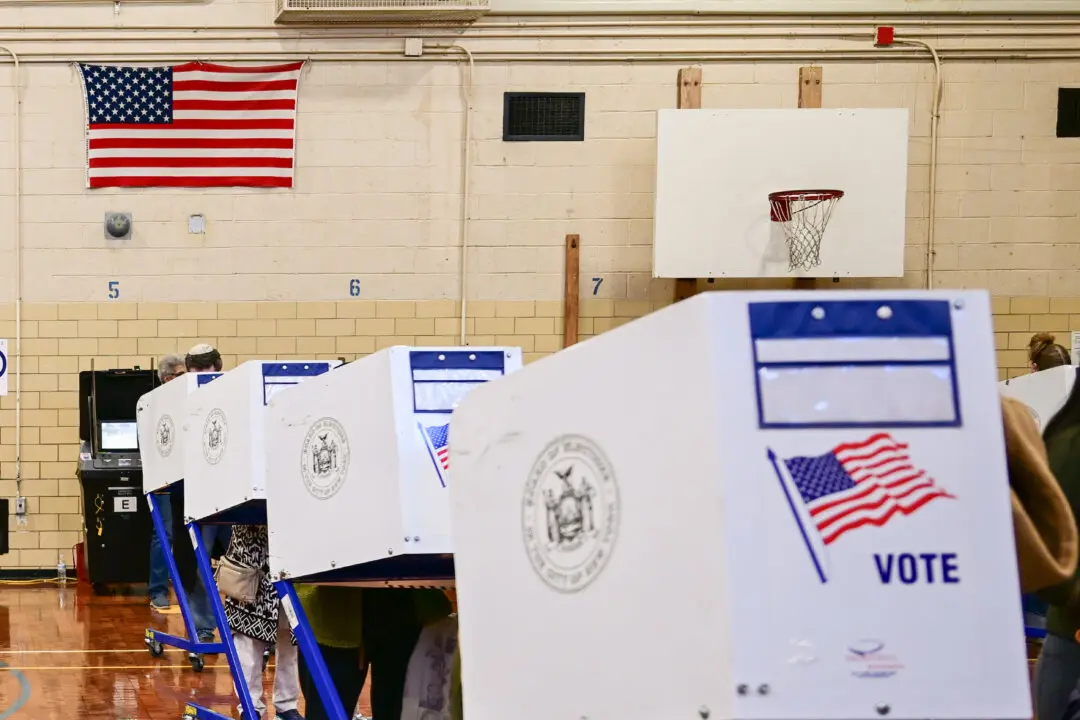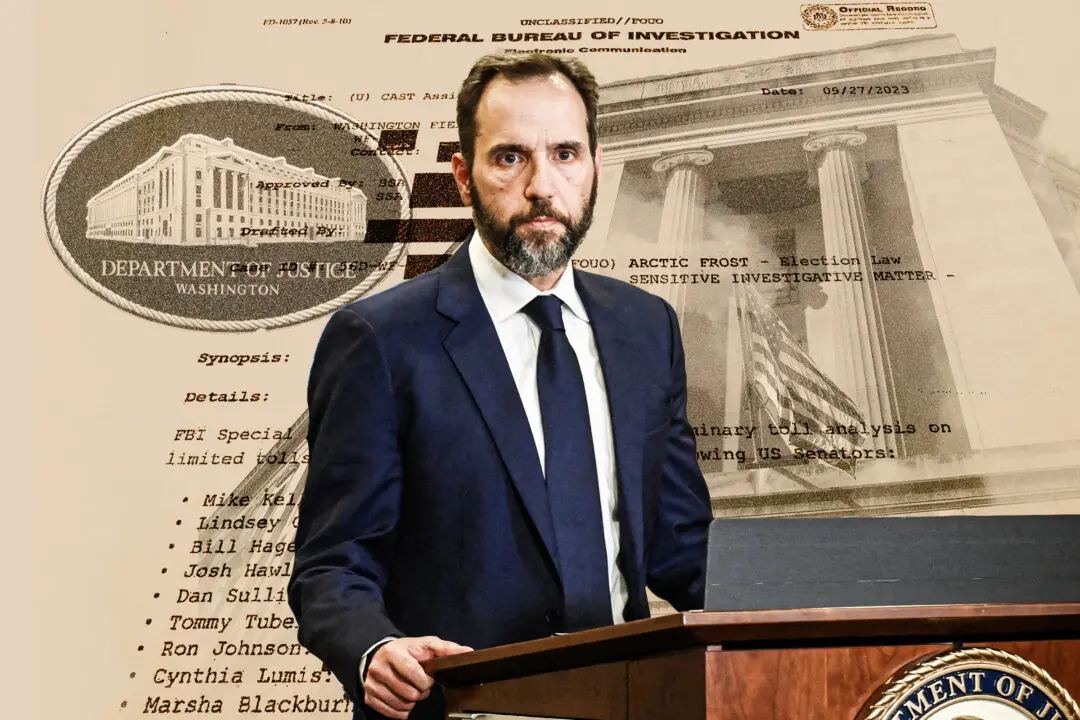Many police departments are reaching for body cameras to boost transparency as scrutiny over bias and brutality intensifies. And while opponents of police violence are seeking better access to body cam footage, privacy advocates are warning about the risks of increased surveillance.
Most of the country’s major city police departments, 45 out of 68, already use body cameras, according to a report by the Leadership Conference on Civil and Human Rights, a coalition of organizations.
Policies on the use of body cameras differ from city to city, but the coalition’s report shows some general trends.
Police departments are doing a fairly good job of setting rules for when the cameras must and must not be used. Those rules should prevent officers from turning their cameras on and off as they please, while also protecting the vulnerable, like victims of sex crimes, from being taped without consent.
However, police departments mostly fail in regards to providing access to body cam footage for the public, or restricting the use of body cam footage for law enforcement.






